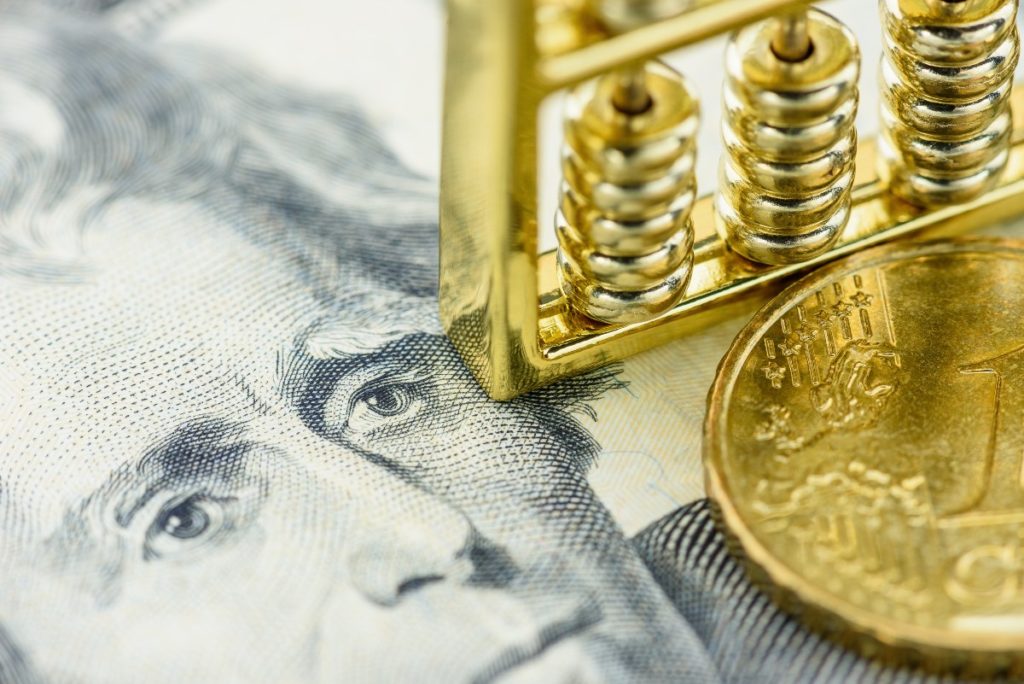If you’ve ever wished for a crystal ball when it comes to bond interest rates, yield curves may offer some of the best predictions. When yield curves are plotted on a graph, the slope of varying maturity but equal bond interest rates produces a curve, which can tell you about economic health. Central banks like the Federal Reserve can implement yield curve control to keep a healthy curve.
In the face of economic uncertainty surrounding the coronavirus pandemic, some international banks are trying to implement yield curve control as a method of stabilizing the economy. However, this relatively untested method has some skeptics regarding its ability to prevent a downward economic spiral on a wide scale.
What Is Yield Curve Control?
 The yield curve in a healthy economy slopes upward, as investors angle for a high rate when purchasing long-term bonds. Yield curve gives a central bank the ability to manipulate the economy, particularly in times of economic distress, by targeting specific rates that maintain an upward slope.
The yield curve in a healthy economy slopes upward, as investors angle for a high rate when purchasing long-term bonds. Yield curve gives a central bank the ability to manipulate the economy, particularly in times of economic distress, by targeting specific rates that maintain an upward slope.
Yield curve control may offer one way to stimulate the economy. With targeted rates on extended interest rates, there may be less risk of an economic recession. Even when recessions occur, these rates may soften the blow.
On a day-to-day basis, the Fed raises and lowers short-term interest rates. When a big shift is needed in the economy—such as recession prevention—central banks can make similar moves by setting a target rate for longer-term bonds. When the rate goes up too high, they buy more bonds. This brings the rate to the goal range again.
How Yield Curve Control Affects the Market
It can have a significant effect on the market. The central bank becomes a cash cow in terms of bond trading, with guaranteed purchases at a price that will meet its goal rate.
 Market prices tend to rise to meet the bank’s price goal. Sellers realize they can make more from the central bank and refuse to take less from investors. Anything they can’t sell to investors at this price is almost guaranteed to get picked up by the bank.
Market prices tend to rise to meet the bank’s price goal. Sellers realize they can make more from the central bank and refuse to take less from investors. Anything they can’t sell to investors at this price is almost guaranteed to get picked up by the bank.
For the average citizen, this can make great things happen, including lowering interest rates on loans and mortgages. This frees up money that can stimulate the economy with spending or go towards investments, keys to economic health.
Why Does it Matter Today?
Amidst the coronavirus pandemic, yield curve control has become a hot topic as those in favor advocate for its use to prevent a serious economic recession.
Internationally, central banks like the Reserve Bank of Australia have utilized it in an attempt to prevent serious trouble related to the pandemic.
Previous to the pandemic in 2016, the Bank of Japan used yield curve control to try to pump up the Japanese economy. Thus far, the Bank of Japan has been successful in meeting its target rate, even in the face of the pandemic.
Watching both Australia and Japan’s results in light of the pandemic may inspire more central banks to consider using it to prevent recessions and other negative economic movements.
Criticism of Yield Curve Control
Like many proposed economic moves, there’s no definitive consensus on whether or not it actually works. The market has  to believe the central bank will stick to its long-term goal. The central bank must then be willing to balance the dangers of inflation with staying committed to the rate goal.
to believe the central bank will stick to its long-term goal. The central bank must then be willing to balance the dangers of inflation with staying committed to the rate goal.
Comparisons to quantitative easing are hard to escape. One of the most well-known recent uses of quantitative easing was during the Great Recession in the United States. By purchasing many bonds at once, the Federal Reserve was able to lower interest rates on longer-term bonds. Costs to borrow lowered, as well.
Both quantitative easing and yield curve control require a central bank to take on many new assets. But yield curve control offers a more targeted approach. By choosing a target rate, central banks can proceed with more deliberation. This may mean slower rates of purchase when compared to quantitative easing.
However, this can also result in a stalemate in bond trading. While it helps the bank stabilize the economy, savings and pension funds are penalized.
The Impact on Your Money
 Yield curve control does not seem to be moving forward in the United States yet, but investors should keep it in the back of their minds. If you draw a pension or keep a bulk of your funds in savings, being aware of upcoming changes when yield curve control is utilized is important.
Yield curve control does not seem to be moving forward in the United States yet, but investors should keep it in the back of their minds. If you draw a pension or keep a bulk of your funds in savings, being aware of upcoming changes when yield curve control is utilized is important.
And if you plan to invest in bonds, know that you would now be competing against the Fed’s set price.
Rebalancing your investments may be something worth considering, especially as you will benefit from the lower interest rates that often follow yield curve control.
When you work with an investment management firm like Stableford Capital, we give you ample warning about yield curve control and propose investment alternatives that may fare better during these periods. With the right choices, you can continue to earn on your investments even as the Fed works to keep the economy even keel.
To work with an investment consultant to yield curve control-proof your investments, contact Stableford Capital at 480.493.2300 or contact us online for a complimentary 15-consultation.
